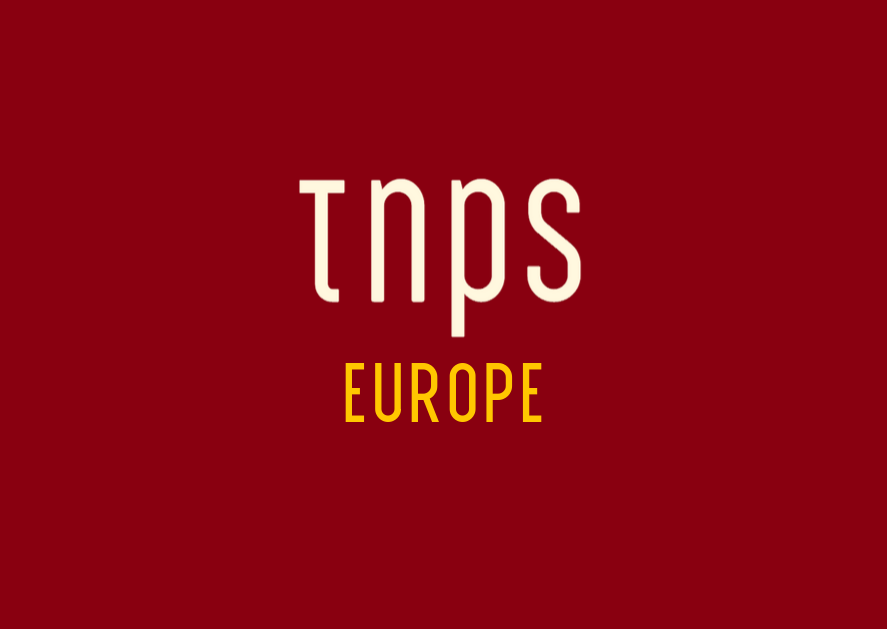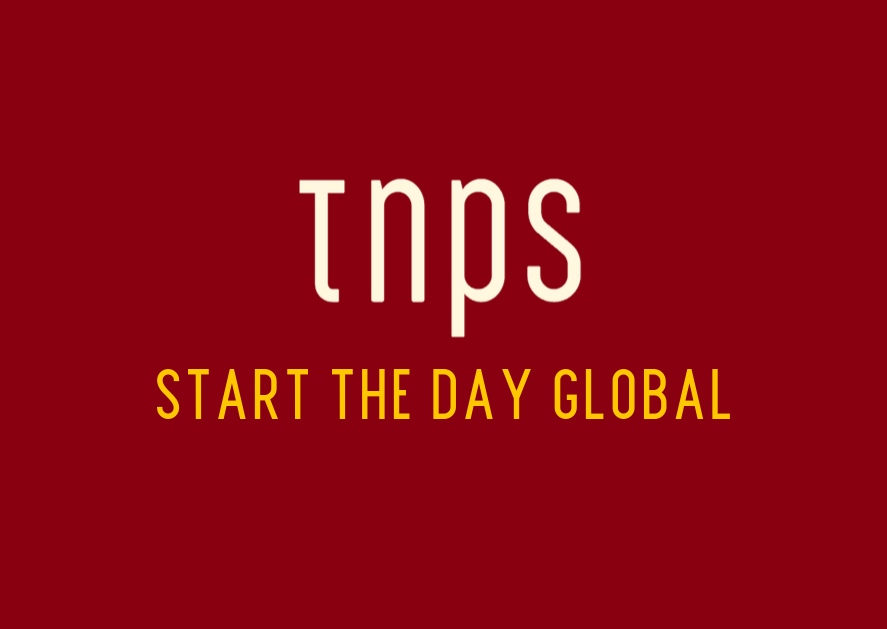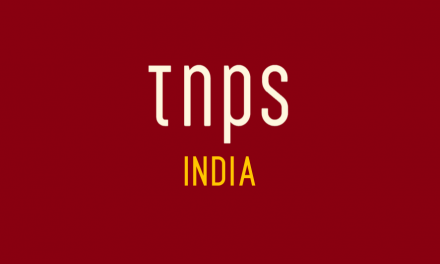After 100 years the OUP embraces local-languages.
As I touched on yesterday in a post marking Bloomsbury’s first five years in India, one of the biggest challenges facing publishing is catering to the twenty-plus official and many more “unofficial” languages that the Indian people use, often without English as a second language.
But that challenge is also an opportunity.
By 2021 English-language internet user numbers are expected to peak at about 199 million. Not a number to be sneezed at, but that leaves a billion people out of the loop.
This week comes new that the India arm of the Oxford University Press is breaking with a century of tradition and embracing publishing in local languages for the first time, kicking off with Hindi and Bengali.
Sugata Ghosh, director of OUP’s Global Academic Publishing, in an interview with Scroll.in explained the OUP’s motivation, and how the OUP India will be making full use of both print and digital to reach new audiences.
And therein lies the key. Digital.
It will come as a surprise to some to learn that India makes the top twenty list of countries with the most internet users.
It will no doubt come as a surprise to many more to learn that India is at #2, behind China, and ahead of the USA at #3.
In fact, not only does India has more people connected to the internet than the USA – it has more people connected to the internet than the entire population of the USA.
India kicked off 2017 with some 462 million internet users, compared to the USA’s 287 million.
Now if we allow that English-language internet users will peak at 199 million in 2021 that means 263 local-language users will be on the internet.
That alone would justify the strategy-change from OUP India to embrace local languages.
But it gets more interesting still. Because by 2020 India’s internet user base is expected to reach 760 million, not just more than double the entire population of the USA, but equivalent to double the entire populations of the USA and UK combined.
In 2011 local-language internet users in India stood at 42 million.
By end 2016 local-language internet users in India stood at 234 million, already significantly higher than the number of projected English-language internet users five years in the future.
This has amply rewarded the vision of local language ebook operators like Dailyhunt and Rockstand, which have had phenomenal success with ebook and e-magazine content.
By early next decade, as English-language use reaches saturation, local-language internet use in India will approach a three-quarter billion and still have plenty of room for growth.
Personally I think that might be conservative, based as it is on the 2016 baseline – before Google’s neural network translation technology came into play.
In April 2017 Google began using its new Neural Machine Translation tech to translate between English and nine widely used Indian languages — Hindi, Bengali, Marathi, Tamil, Telugu, Gujarati, Punjabi, Malayalam and Kannada.
It’s too soon to be sure exactly what impact Neural Machine Translation will have, but early indications across Indian, Chinese and other languages show neural-network based translations to be lightyears ahead of the old model, and it’s clear we are in the early stages of a sea-change in translation capability.
And of course a sea-change in the production of original local-language content.
This in turn is enabled by the sea-change in the way Indians access the web.
Back when Amazon India launched in 2013 it was an English-language desktop world.
Today Indian’s access the web on devices like the home-brand Micromax, which uses local language operating systems like Indus 2.0, supporting 12 local languages. Micromax estimate at least 300 million Indians are currently not buying smartphones because they are in English.
Google understands this. It recently expanded the reach of the Gboard (the new keyboard for Android launched in December 2016), offering transliteration support for Hindi, Bengali, Telugu, Marathi, Tamil, Urdu and Gujarati.
The Chinese understand this too. Xiaomi was one of the early Chinese entrants into India and has had phenomenal success with its Redmi series. The Redmi 4A launched in India earlier this year with support for 13 local languages.
A recent KPMG/Google report is indicative. It noted a number of apps and web categories that currently have relatively low penetration rates in India…could see rapid growth if local-language integration picks up. Payments, government services, news, and classifieds all could grow at a compound annual growth rate (CAGR) between 26% and 34% from 2016 to 2021 if there is local-language expansion.
A survey among those who traditionally shop offline showed 50% were willing to shift online if provided with an end-to-end Indian language experience.
Google India & SE Asia VP Rajan Anandan said in April, “Almost every new user that is coming online — roughly nine out of ten — are not proficient in English. So, it is fair to say that almost all the growth of usage is coming from non-English users.”
The Drum reported in July,
- There has been a 10x growth in ‘local language’ searches over the past one and a half years due to increasing availability of Indic keyboards and keypads on smartphones (and because) more content is available in regional languages across platforms and portals.
- Watch time for ‘Tamil’, ‘Telugu’, ‘Kannada’, and ‘Malayalam’ content on YouTube more than doubled in 2016.
- Hindi content consumption on websites is growing 5x faster than English content.
This is at the heart of why I regard India as the most exciting publishing prospect on the planet right now.
Not because of what it offers today, but because the Indian publishing industry has so much potential across the board.





Mark: How do we in the U.S. get into the India market? How do we set prices? I can see tailoring FB ads to India only, but how is pricing done there, especially? Or local customs of what an ad should or shouldn’t say? Someone needs to do a course on this. Or a series of continuing posts. Thank you.
That’s more within the remit of the International Indie Author FB Group than here at TNPS, John, but I’ll see what I can put together.
Thanks for joining us at The New Publishing Standard.